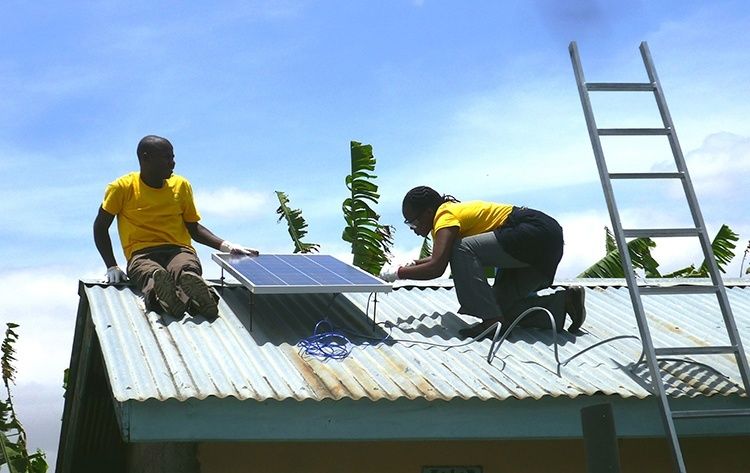
Solutions Wanted: Do You Have a Solution That Will Create a Cleaner, Greener World?

Sustainia and a worldwide alliance of companies and organizations have kick-started the Sustainia100 campaign, calling out across the world to help find the most inspiring solutions that are making our planet cleaner, greener and fairer for everyone.
Now in its fifth year, the Sustainia100 campaign has become a leading benchmark for sustainable action and a practical guide for the world’s decision makers, investors and influencers. By identifying the top 100 from thousands of submissions, Sustainia will pinpoint the solutions which are readily available, making an impact and have the potential for scale.
Previous years have highlighted innovations that readily demonstrate how hyper-local solutions can be readily adapted to resolve global concerns, such as unpatented solar powered hearing aids developed in Brazil, to bamboo bikes from Ghana. Last year’s solutions alone were deployed in 151 counties in total, creating value for people, planet and profit.
“For the past four years, the Sustainia100 has tracked major global trends and paradigm shifts, all through the lens of practical, innovative solutions,” Erik Rasmussen, founder of Sustainia, said. “It’s emphatically clear to me that a sustainable future is within our grasp. The Sustainable Development Goals set in motion a new and critical timeline, which means we have just 15 years to get it right. We have no time to wait; the world needs your solutions, now.”
The submissions window is open until March 2, after which the final 100 solutions will be presented in the Sustainia100 publication, published in summer 2016 and shared with a global network of thinkers, doers, movers and shakers. Anyone can submit a solution, whether they are directly involved or not, simply provided it meets the submissions criteria.
From Fish-Skin Leather to Closed-Loop Baby Wear, Consumers Are Choosing Sustainability
Last year’s Sustainia100 2015 publication revealed that sustainable products and services were increasingly becoming the consumer preference, moving from the outside alternative to the affordable and convenient choice. From closed loop baby wear, to 3D printing plastic banks and fish-skin leather, the solutions from last year truly stretched our imaginations towards what is achievable.
Sustainability is something which exists in every part of our lives, which is why the submissions process is open across 10 major sectors, from the traditional to the contemporary. They encompass: buildings, food, fashion, transportation, IT, energy, cities, education, health and resources.
The Sustainia100 advisory board will help vet the submissions in order to highlight the top 100 and includes major global charities and research organizations such as World Wide Fund, Ellen MacArthur Foundation, United Nations World Food Program and Yale University. Later this year, the Sustainia award committee—which is chaired by former governor Arnold Schwarzenegger—will select the single most inspiring solution from the 100 included in the final report.
Inclusion in the Sustainia100 puts you at the center of the global Sustainia network that reaches out to all corners of the world. Your solution can help us reach our sustainable future.
Submit your own solution or tip us off about the ones you’ve seen in action.
Follow the campaign on @Sustainia and #100solutions
Want to Submit a Solution?
Solutions can be submitted here.
To be selected for the Sustainia100, a solution must excel on the following criteria: be ready and available, have a positive environmental impact, be financially viable, have the ability to improve quality of life and have scalability potential.
YOU MIGHT ALSO LIKE
IRENA: Doubling Today’s Share of Renewables Would Boost Global GDP by $1.3 Trillion
Elephant Grass and Prairie Switchgrass: Second Generation Biofuels to Power American Cars
Elon Musk’s Tesla Launches All-Vegan Car
Germany’s Superhighway for Bikes Could Take 50,000 Cars Off the Road Every Day

 233k
233k  41k
41k  Subscribe
Subscribe 

